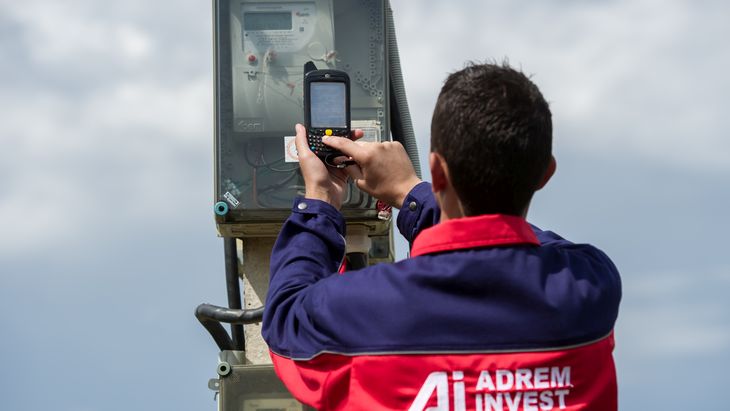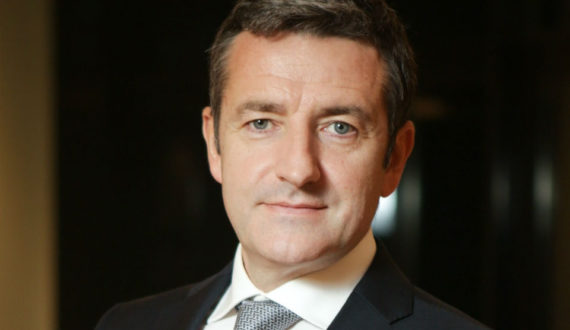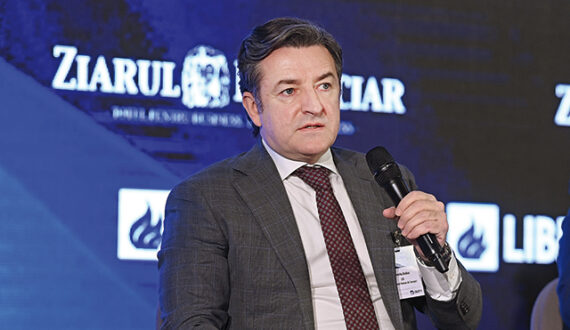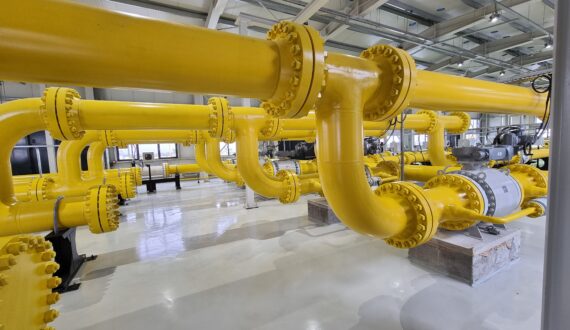We need a strategy that addresses how the transmission and distribution infrastructure needs to behave and the goals it needs to respond to in 10-15 years, said Corneliu Bodea, at EnergynomicsTalks. Starting from this horizon, a strategy must be developed that includes at least two components. The first refers to the technical indicators and investment directions that the authorities impose on operators in the regulated area. Another direction should be that of affordability in the tariff.
“The two levels must be combined in such a way that the phasing of investments and, consequently, the phasing for reaching the indicators by the operators are aligned with the ability to support them in the tariffs”, pleaded Corneliu Bodea. The president of the Romanian Energy Center – CRE explained that the regulatory body directs operators’ investments and influences their behavior starting from the set of indicators imposed as mandatory. A performance indicator (KPI) that refers to the number of minutes of interruption of electricity supply, directs the operator to make more investments in the development of the rural area. An indicator related to the number of customers affected by interruptions will encourage the operator to develop the urban area instead.
We have not properly encouraged smart metering
Corneliu Bodea gave the example of increasing the capacity for renewable energy to be injected in the distribution and transport networks. “It is not enough to impose the obligation to take over the energy, because there are some technical constraints that cannot be overcome. It is necessary to sign up for a certain strategic direction, based on which investments can be made considering what we propose or anticipate will happen in the next 10-20 years”, said the president of CRE.
Another example is smart metering. “We have not properly encouraged distributors to invest in this direction and when we faced it, we solve it by proposing something that is impossible to apply.” It is impossible for a household consumer to buy and install the meter himself, Corneliu Bodea claims. Metering equipment is a metrological means, it must be metrologically checked in a laboratory, it must be sealed, etc.
If ANRE wants to solve this problem in a coherent way, it should pave the way for the emergence of independent measurement operators, Corneliu Bodea believes. “The possibility of having a metering operator different from the distribution operator is included in European legislation and in the Romanian Law 123, too. However, there are obstacles at the regulatory level and even at the legislative level that should be removed in order to allow a third party to intervene and to set up measuring systems by their own.”
The refrigerator against the smart grid
According to Corneliu Bodea, there are currently around 1-1.2 million installed smart meters in Romania, that is, slightly more than 10% of the 8-9 million consumers. Romania aims that by 2028 80% of meters will be smart. “It is almost impossible considering that there are only 5 years left and we should install approximately one million meters per year”, believes the president of CRE.
Furthermore, it was discovered that some smart metering systems are malfunctioning. At some of these, “there is a high rate of failure in data transmission, there are situations where even though the smart meter has been installed, it does not correctly transmit the data remotely”, said Bodea. There are mainly two technical problems, and ANRE check them in the field and forces the distributor to remove the malfunctioning equipment from the regulated asset base. The first problem concerns the chosen form of communication – the Power Line Carrier. This is the cheapest option and it allows the information to be transmitted via the power line. “It’s not an ideal communication medium. You can have faulty contacts or there can be too much ‘noise’ on the network, introduced by other equipment, ‘noise’ that disrupts the transmission of the signal”, explained Corneliu Bodea. “The second category of problems is related to the software, the transmission and interpretation of data, the meter data management systems which ” may present errors until they are made viable”. “I’ll give you an even more absurd example!”, the expert told us. “It is neither the problem of the line, nor the problem of the meter, but it is the problem of a refrigerator at the neighbor on the 7th floor! When the compressor turns on and off, it introduces ‘noise’ to the network that destroys signal transmission from the entire block of flats.” Being in such an early phase with the installation of smart meters, it is inevitable that such problems will arise, Corneliu Bodea believes – “they are childhood diseases”.
Read the full article om Energynomics
Corneliu Bodea: It is impossible for a household consumer to buy and install his meter himself








